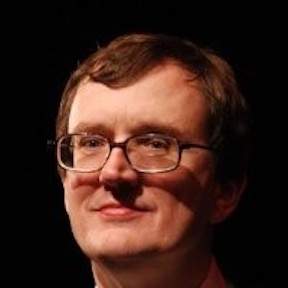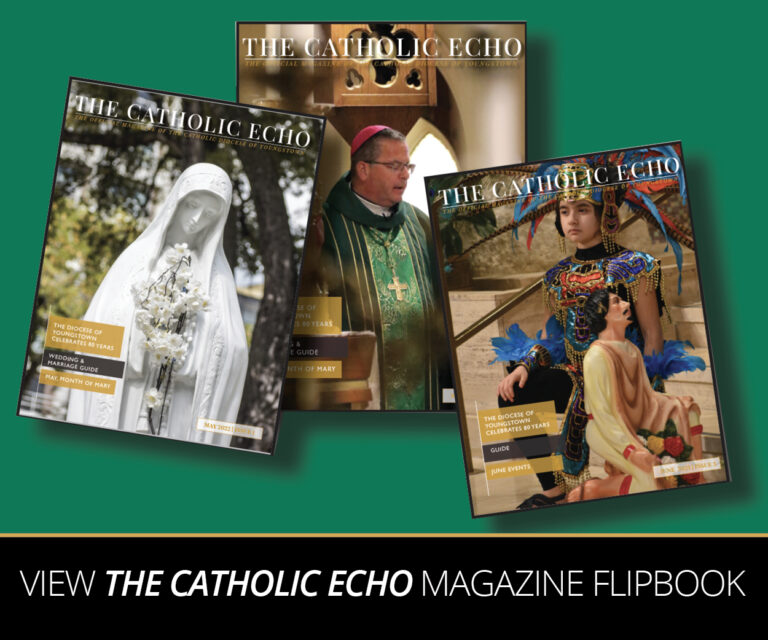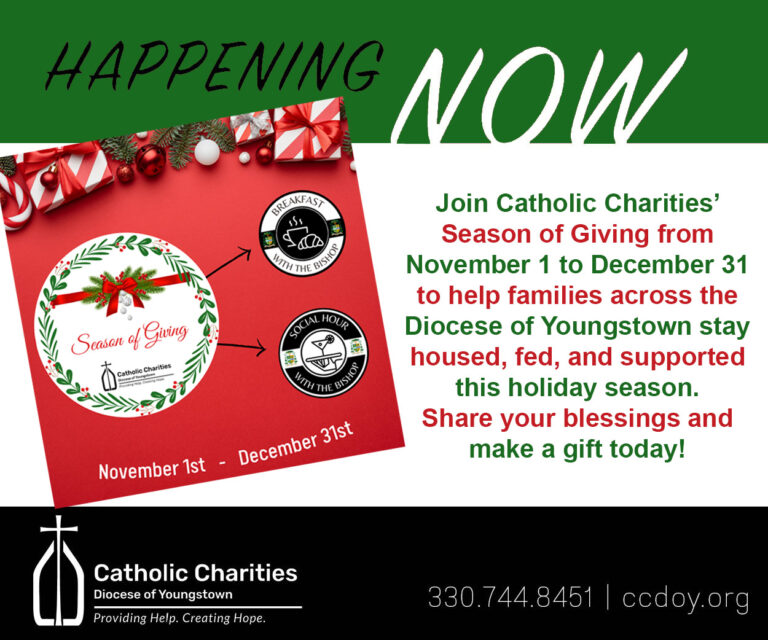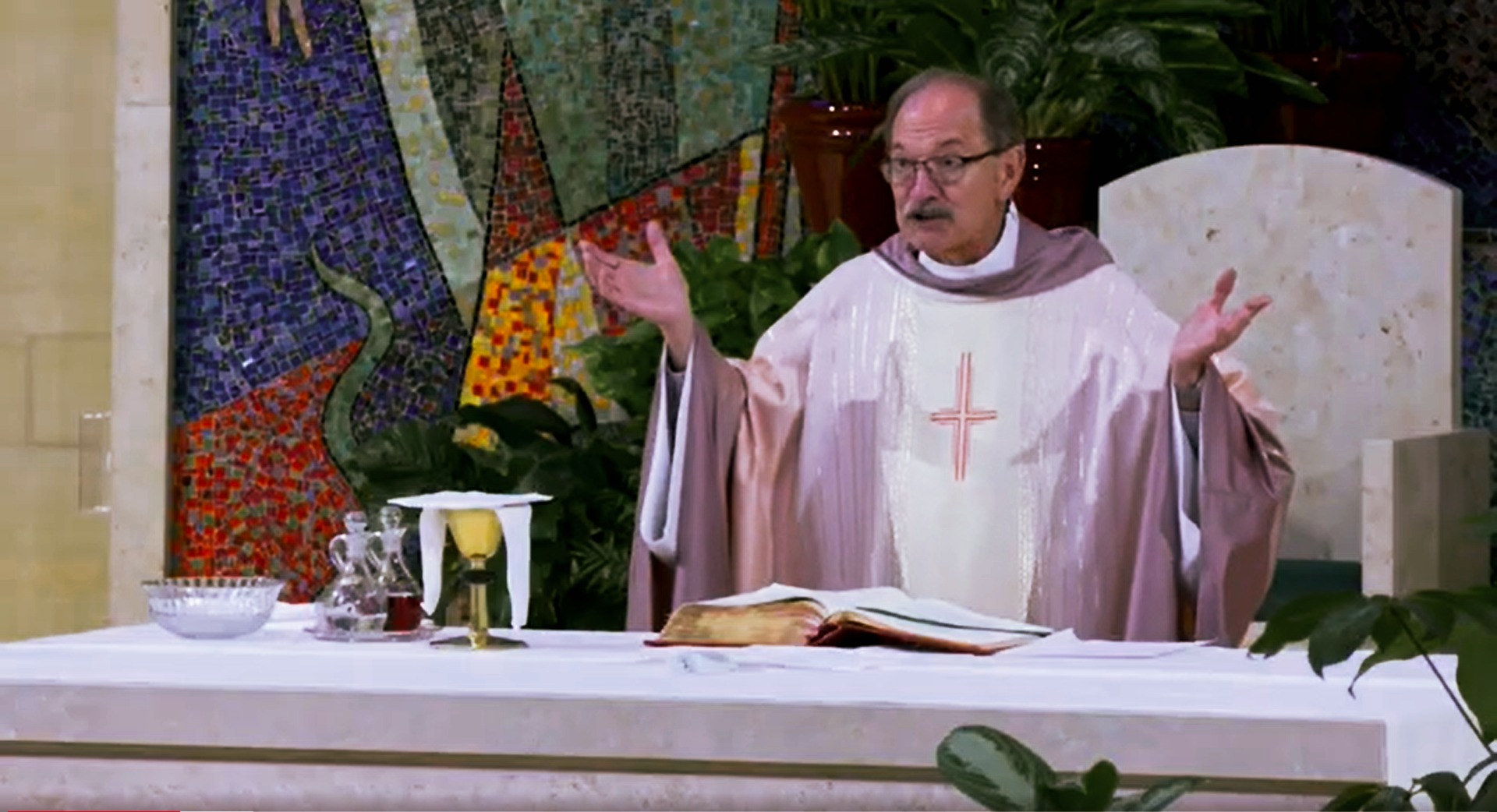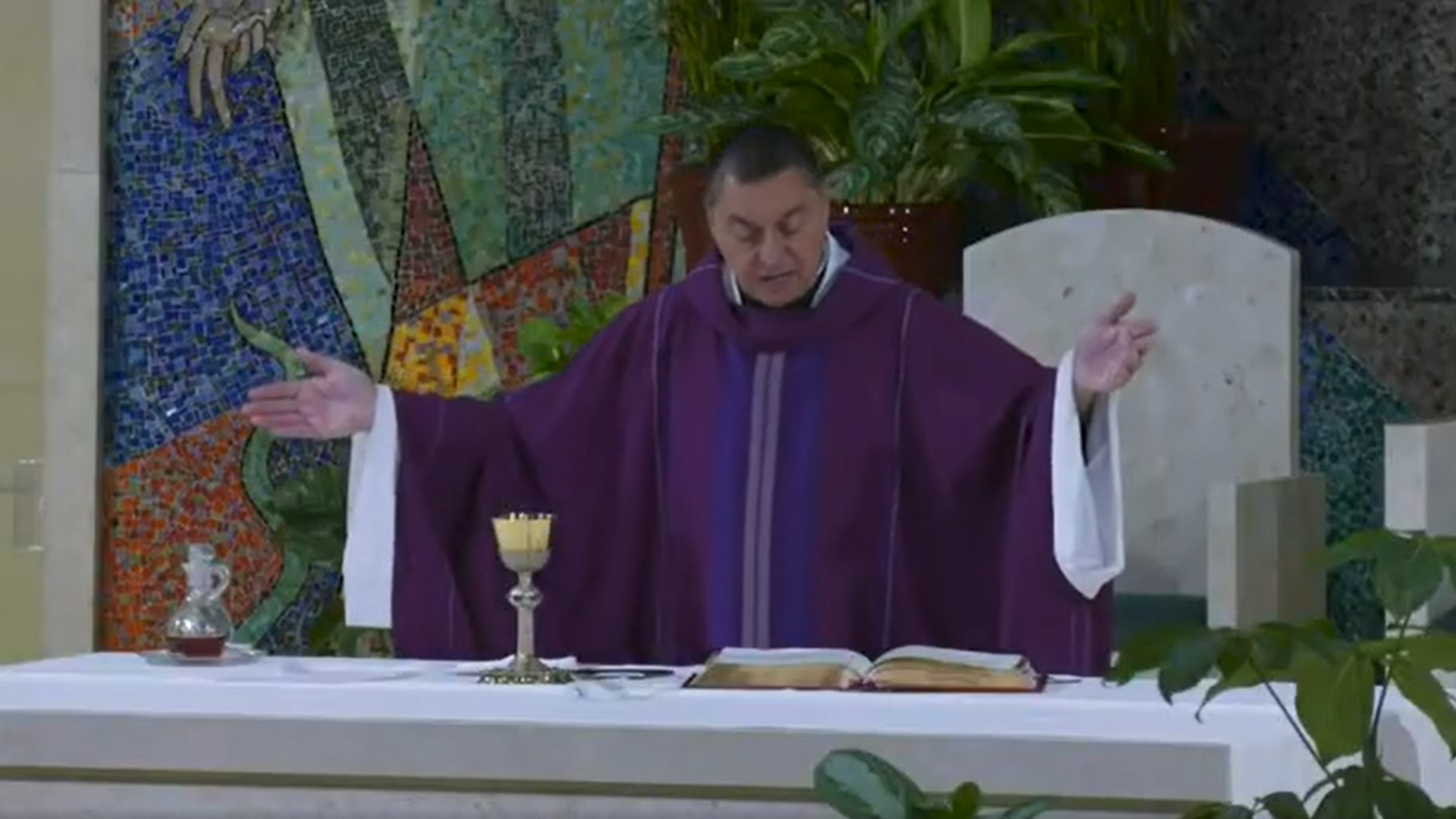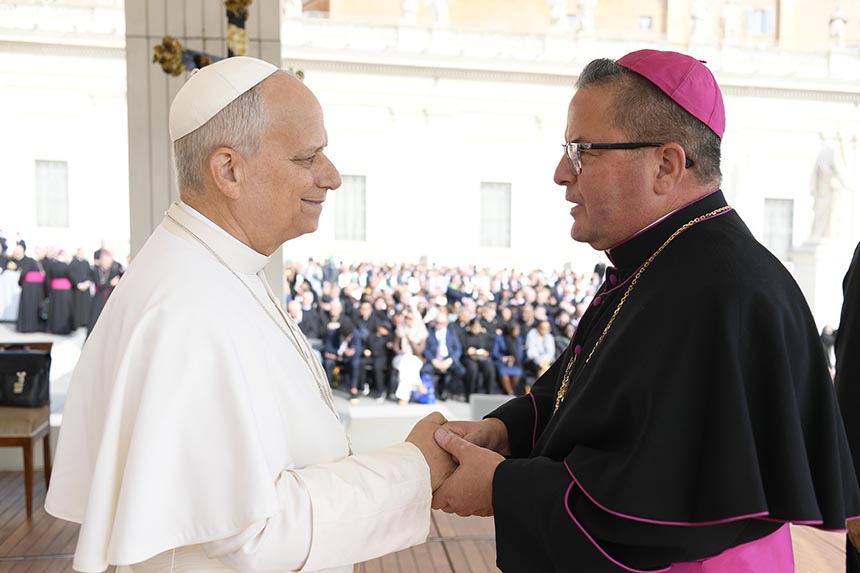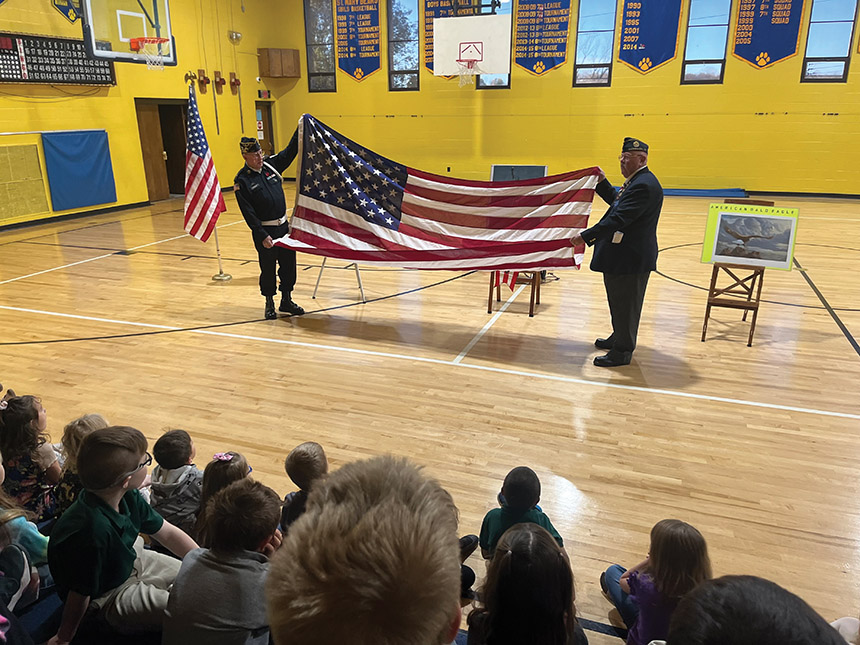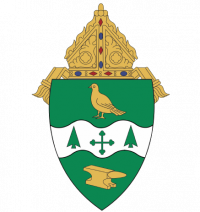Life in the Seminary
From the outside, life in a seminary might seem a lot like life in a conventional college or university.
“In one sense, I would compare it to living in a dorm,” said Deacon Travis Seagraves, who was recently ordained a transitional deacon and is in his final year of studies at St. Mary Seminary and Graduate School of Theology. The seminary is part of the Cleveland Diocese, which also enrolls seminarians from the Youngstown Diocese and others who are preparing for the priesthood.
“We do have hallways. We have a lounge. Every person has his own room … thank God, we don’t have roommates,” Deacon Seagraves said with a chuckle. Earlier generations of seminarians did not always have this luxury.
Like other college students, seminarians also have classes at either the undergraduate or graduate level. The graduate level involves fewer classes a week, longer class periods and more intense study compared to undergraduate classes.
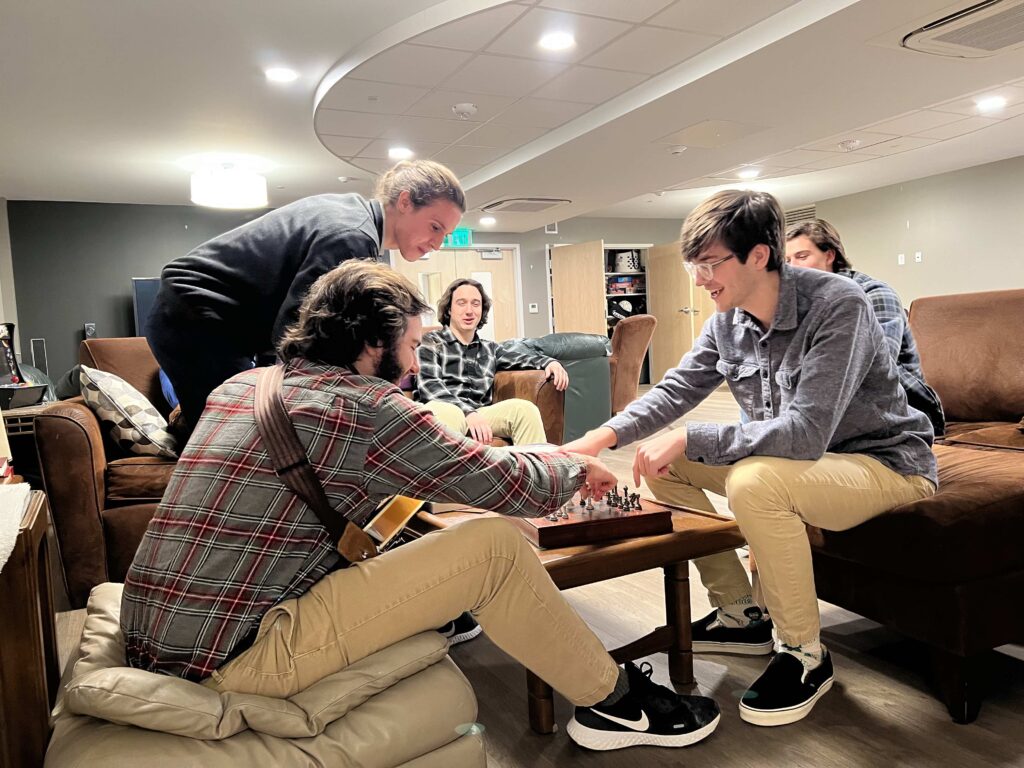
There is, however, one sense in which the seminary life is strikingly different from more conventional colleges and universities. “The thing that makes seminary formation different from a college program is the forming of the man toward the person of Jesus Christ,” Deacon Seagraves noted.
So prayer—communal and individual—is an intrinsic factor of seminary life, along with the vital academic component and other means of preparation for the life and ministry of the priesthood.
“It’s a bunch of young men surrounded by an incredible faculty helping us to discern and hear how to live a Christian life and how to serve the Church as priests,” said Father Kevin Bertleff, a 2024 ordinand and graduate of St. Mary Seminary, who is now serving as administrator of the newly merged St. John Neuman Parish—which consists of St. Joseph in Mogadore and St. Peter of the Fields in Rootstown. “The seminary is just a young man discerning what God has in store for him.”
“A lot of people think that it’s just academic work and prayer,” said Father William Wainio, who was also ordained a priest this June and now serves as parochial vicar of St. Patrick Parish in Kent and the University Parish Newman Center at Kent State University. “There is a lot of human formation and cultural formation that happens. The seminary strives to have seminarians who are well-rounded—knowing how to talk to people; what the culture is like; what it means to stay healthy; [taking] care of yourself so that you can take care of others in return.”
St. Mary Seminary, which is located in Wickliffe, Ohio, near Cleveland, at present has 67 seminarians enrolled throughout its program. Eight of them are preparing for the priesthood for the Youngstown Diocese. They include those who are in what was traditionally referred to as the “pre-theology” program—seminarians who are pursuing a bachelor’s degree and studying philosophy in preparation for graduate theological studies—and the “theology” program, in which the seminarians engage in graduate theology studies and other preparation in anticipation of being ordained as priests.
At present, the two levels have been renamed to better reflect a holistic approach for preparation for the priesthood. The pre-theology (sometimes called “minor seminary”) program is now referred to as “the discipleship program,” which seeks to enhance the seminarian’s path of discipleship to Jesus. The theology program (sometimes referred to as “major seminary”) is now referred to as the “configuration program,” in which the seminarian is being configured to the person of Christ, in preparation for serving in the person of Christ as a priest.
The discipleship program at St. Mary is known as “Borromeo.” Seminarians in Borromeo live in the St. Mary Seminary building and take philosophy classes there. For the rest of their undergraduate courses, they generally attend class at nearby John Carroll University. The seminary provides van transportation there.
Seminarians include those who enroll in the seminary following high school and those who have received bachelor’s degrees from other institutions—either immediately after graduating with a bachelor’s degree or after working for some time after graduation.
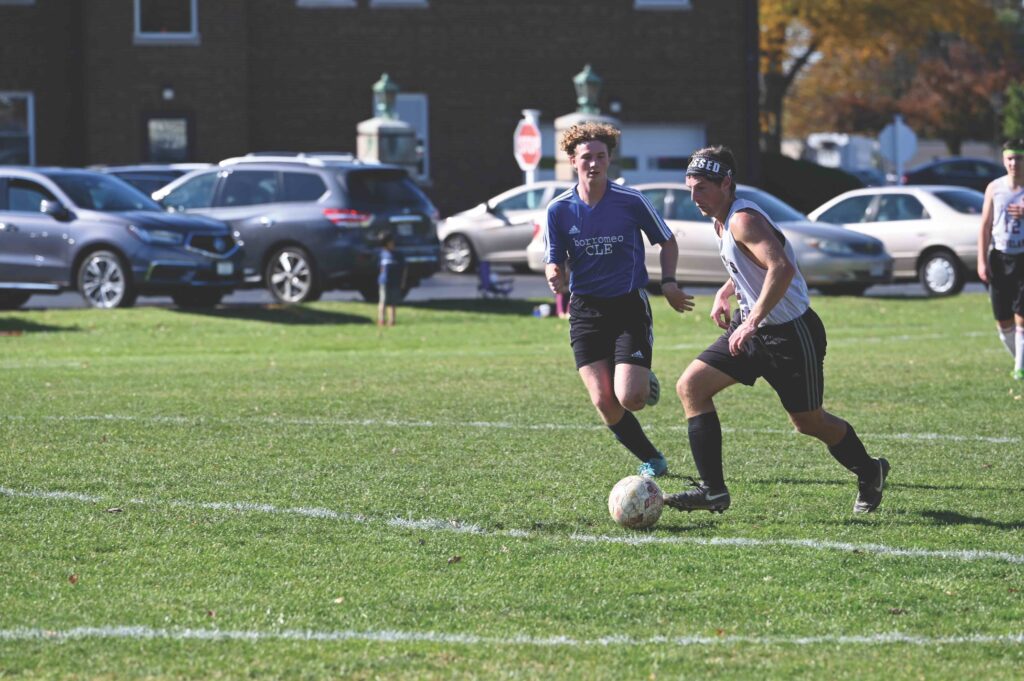
In addition, effective for the 2024-2025 academic year, St. Mary Seminary has instituted a “propaedeutic year” (read more on page, 26) for those who have completed the discipleship program, as a transition to the configuration program. There is also field work—opportunities for service—and opportunities to live in a parish and experience parish life, understand how parish life works and witness priestly ministry up close.
“Seminary life is very structured, very scheduled,” Father Wainio commented, because the seminary seeks to achieve a lot during the seminarians’ time there.
“Your day is structured around prayer,” Deacon Seagraves said. “You wake up and have morning prayer—usually [with] Mass right after morning prayer. Then, there is breakfast.”
Sometimes, Mass is later in the morning, so that the seminarians have time for private prayer, which is always encouraged, Father Bertleff said.
“We do have shared meals,” said Deacon Seagraves. “We have lunch with the faculty, which was an adjustment at first, but you get used to it and you love it.”
“Depending on the day, we would have class in the morning or afternoon,” said Father Bertleff about the discipleship program.
Besides classes, St. Mary seminarians are required to engage in what is called “field education,” which is when a seminarian is assigned to ministries in the community for the semester.
“You are sent out,” Deacon Seagraves said, to different parishes or other venues where ministry is being performed. He cited assisting in the Order of Christian Initiation of Adults (OCIA)—formerly known as Rite of Christian Initiation of Adults (RCIA), “or feeding the poor or evangelization [activities] … You have to get at least three hours in, but it’s usually once a week.”
Father Wainio noted, “My first year as a pre-theologian, we did soup kitchen work, feeding the hungry at St. Mark’s on the West Side of Cleveland.” Teaching in a parish or school and hospital ministry are some of the other field education experiences open to seminarians, who receive a different assignment each semester.
Midway through the configuration program, seminarians spend what is sometimes called “the internship year,” or the “pastoral year,” living and working in a parish. Father Bertleff spoke of his internship year at Our Lady of Perpetual Help Parish in Aurora, while Father Shawn Conoboy was pastor. “It was a time for solidifying some of the gifts and some of the limits that I have. There was the opportunity to learn how to collaborate and work together with a parish staff. It was a neat dynamic to see. I could also learn about pastoral administration and learn how to have the heart of a shepherd.”
Seminarians are also given parish assignments during summer break, which offers further opportunities to experience parish life.
Although seminarians may have different assignments, the progression of a seminarian through his formation is not a solitary experience.
“There is a great faculty and staff” that support each seminarian throughout the course of his formation,” Father Bertleff said. “Each of them are very well-balanced, and I am incredibly grateful.”
“You meet with your formation director at least once a month—not an academic advisor but someone who is in charge of making sure that you’re being formed in the person of Christ,” Deacon Seagraves said, adding that a formation director might ask: “Are you sleeping OK?” or “How are you feeling about celibacy?” or “What is your attitude toward the Church? Toward the parish?”
Also key to the seminarian’s formation is the spiritual director. “You do meet with your spiritual director fairly often. The spiritual director will ask: ‘Are you praying? How’s your heart? What is your soul like?’” Deacon Seagraves explained. “If a guy falls off the deep end, it’s usually because he’s not meeting with his spiritual director.”
The afternoons, when not occupied with classes or field education, are flexible. Father Wainio recalled lots of “homework, exercise, playing sports—ultimate frisbee, basketball, soccer … just being together.”
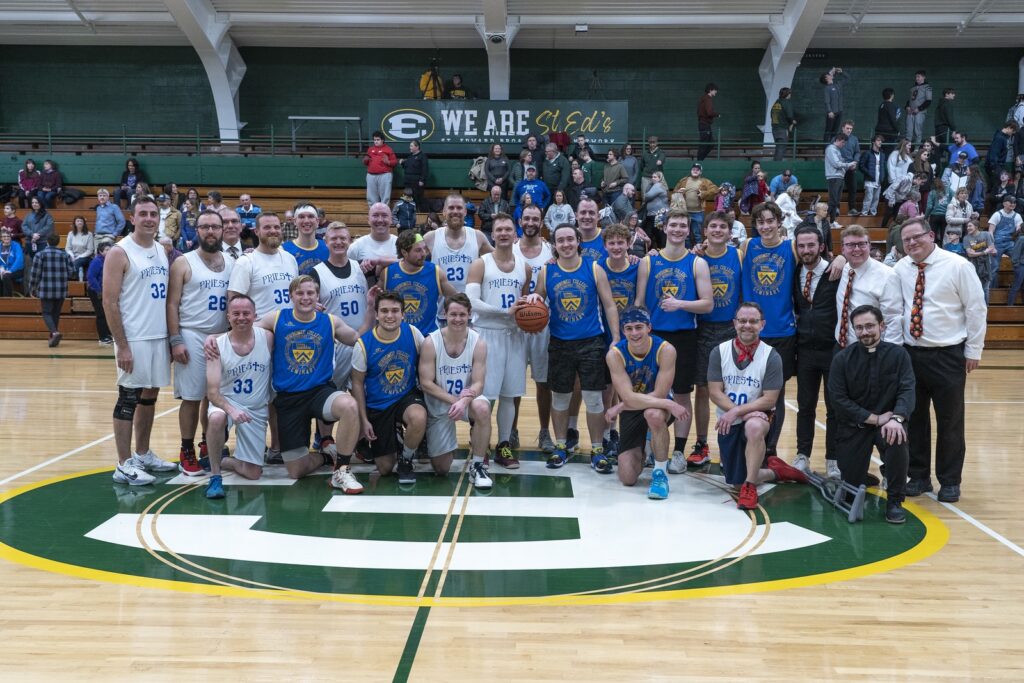
“I was very active with sports. I played a lot of ping pong and a lot of basketball,” Father Bertleff said, expressing an interest in going back to St. Mary to coach basketball there. “There is a batting cage in the basement. We have a very good gym.”
“I play board games with the other guys,” Deacon Seagraves noted, citing a variety of traditional and newer styles of board games.
“There were groups that did iconography together,” Father Bertleff said.
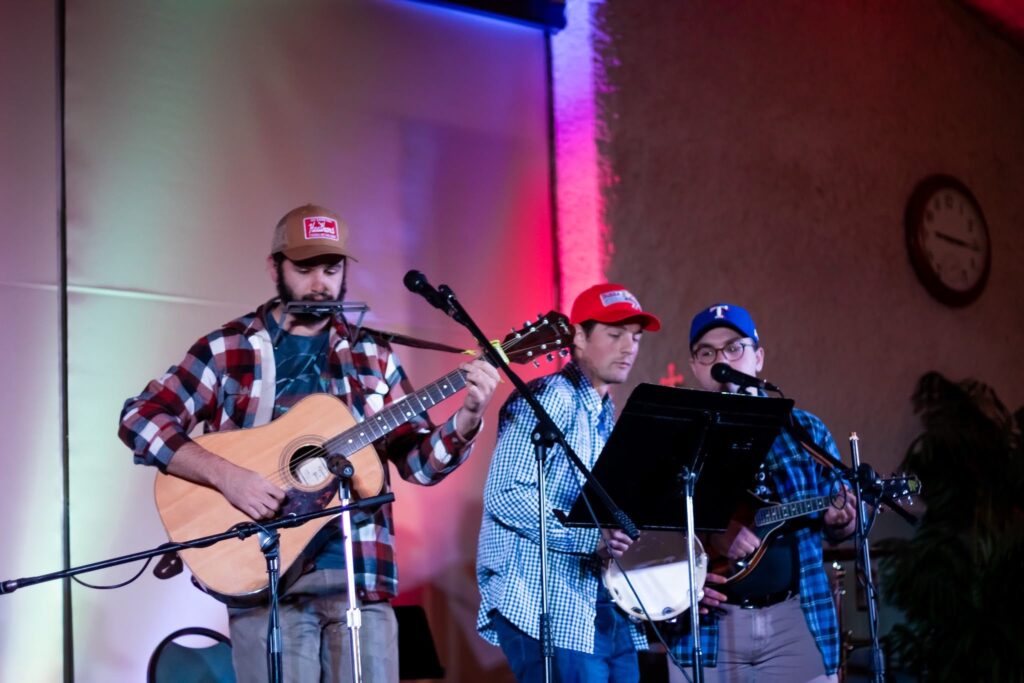
“Movies. Many seminarians went to theaters. Many took in the art and culture of Cleveland,” which includes the Cleveland Museum of Art and Cleveland Symphony Orchestra, Father Wainio said, adding that the seminarians could request seminary vans for transportation. “That was a part of cultural formation. The seminary really helped with that sort of thing,” he said.
“It is a great sense of community life and fraternity,” Father Bertleff said. “Being with other guys—guys from all different walks of life who are seeking to draw closer to Christ and to prepare themselves to be priests—is a refreshing experience to have. Once you share all your experiences, it’s a great grace.”
SEMINARY LIFE IN TRANSITION: THE PROPAEDEUTIC YEAR
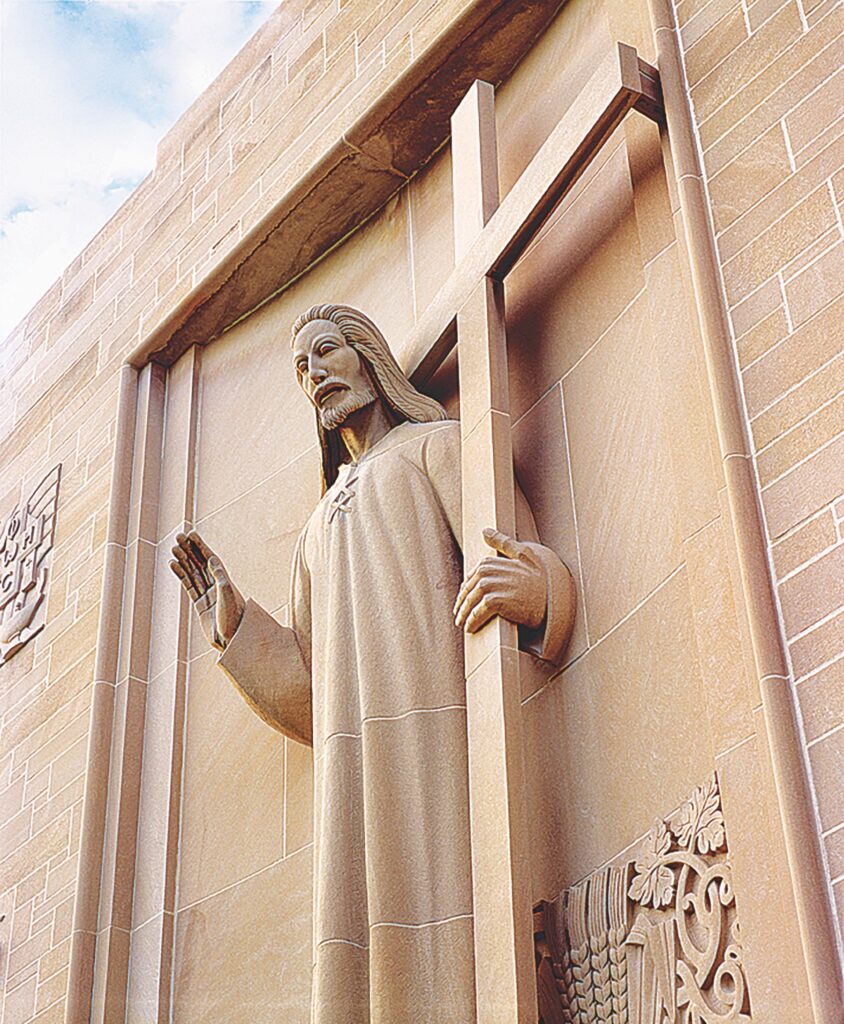
“We’re moving away from the academic focus,” said Father Andrew Turner, president and rector of St. Mary Seminary and Graduate School of Theology. Instead, Father Turner said, the focus will be on “reflecting a better integration of human life, spiritual life and academic life.”
“All the education on God’s Earth isn’t going to make you a holy priest,” said Father J. Patrick Manning, professor of historical theology and Church history and a priest of the Youngstown Diocese.
This shift is universal and has been in the process for decades, Father Manning said, citing Pastores Dabo Vobis (“I Shall Give You Shepherds”), Pope John Paul’s 1992 Apostolic Exhortation on the formation of priests.
More recently, Father Manning continued, the Vatican in 2016 issued a new document, Ratio Fundamentalis Institutionis Sacerdotalis (“The Gift of the Priestly Vocation”), which seeks to revamp, renew and restore guidelines for the formation of priests. Pope Francis has embraced the new direction, Father Manning explained, as shown by his shifting responsibility for seminaries and priestly formation “out of the Dicastery for Education … to the Dicastery for Clergy.”
For the Youngstown and Cleveland dioceses, the most immediate manifestation of this new focus, Father Manning said, is St. Mary Seminary’s adding a new year, referred to as “a propaedeutic year,” a special year of preparation for seminarians before they begin the configuration program.
During this propaedeutic year, Father Turner explained, seminarians live in a separate setting at the seminary where they can focus on the essentials of spiritual formation and community- building—allowing for minimal access to various media. “The goal is taking them away from how the culture forms us and getting at how Christ intends to form us.”
Father Chad Johnson, vocations director for the Youngstown Diocese, also cited Pastores Dabo Vobis, which specifies four areas of formation—human, pastoral, spiritual and intellectual. Program of Priestly Formation, the document issued by the U.S. Conference of Catholic Bishops states, “While these areas are treated separately, the intention is to weave them together such that the candidate for priesthood integrates and unites them together to form a whole, grounded in his own discipleship,” Father Johnson said. “That’s a pretty technical way of saying that the goal of seminary formation is to conform a man’s heart to the Most Sacred Heart of Jesus Christ.”
Father Manning commented that of those four areas of formation, “Probably the most important is human formation. Are they as priests going to be approachable? Are they engaging? Are they humble? Can they listen?” Father Manning explained, “They need to make sure that they are self-aware.”

